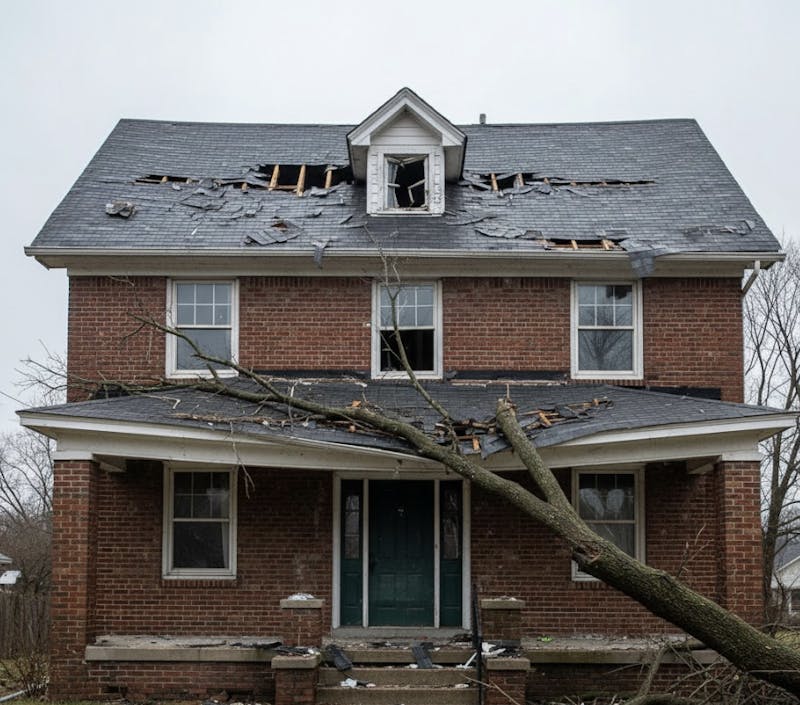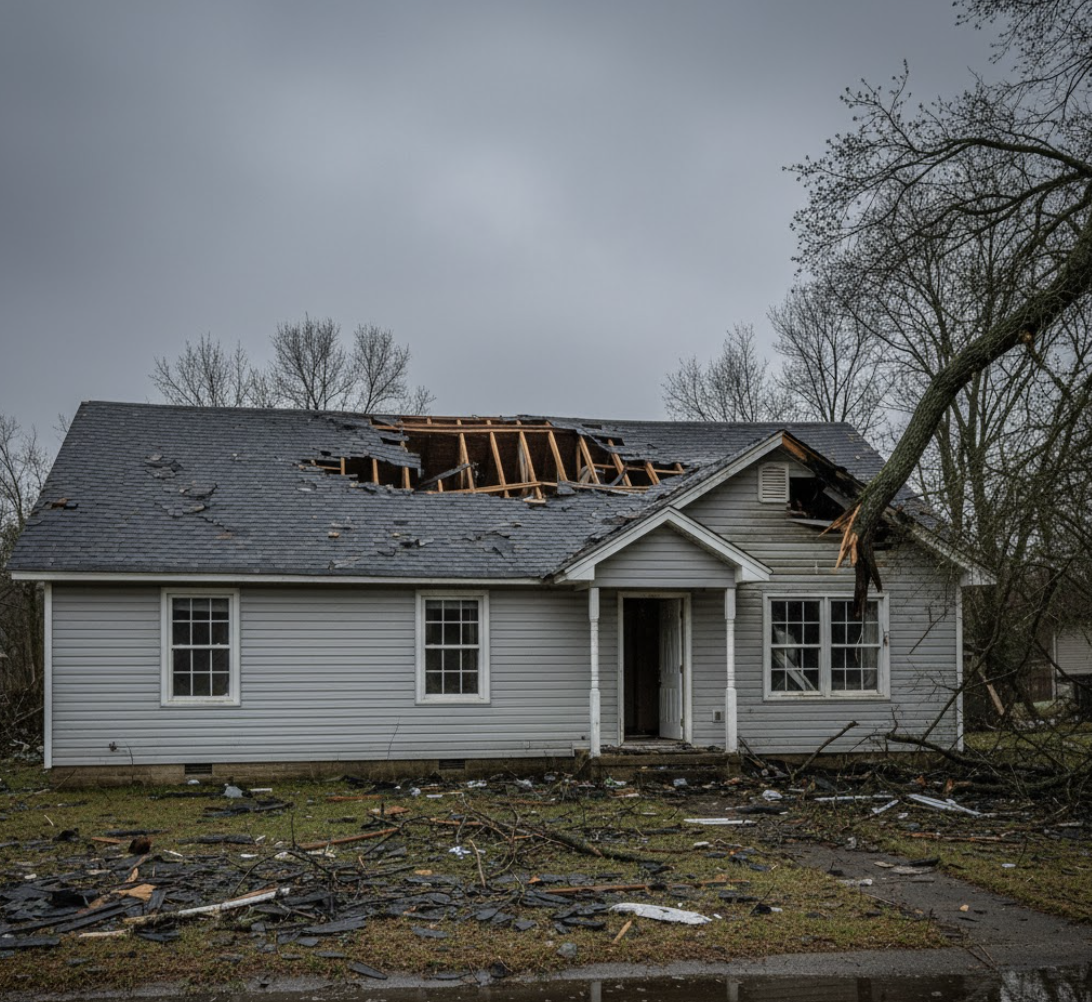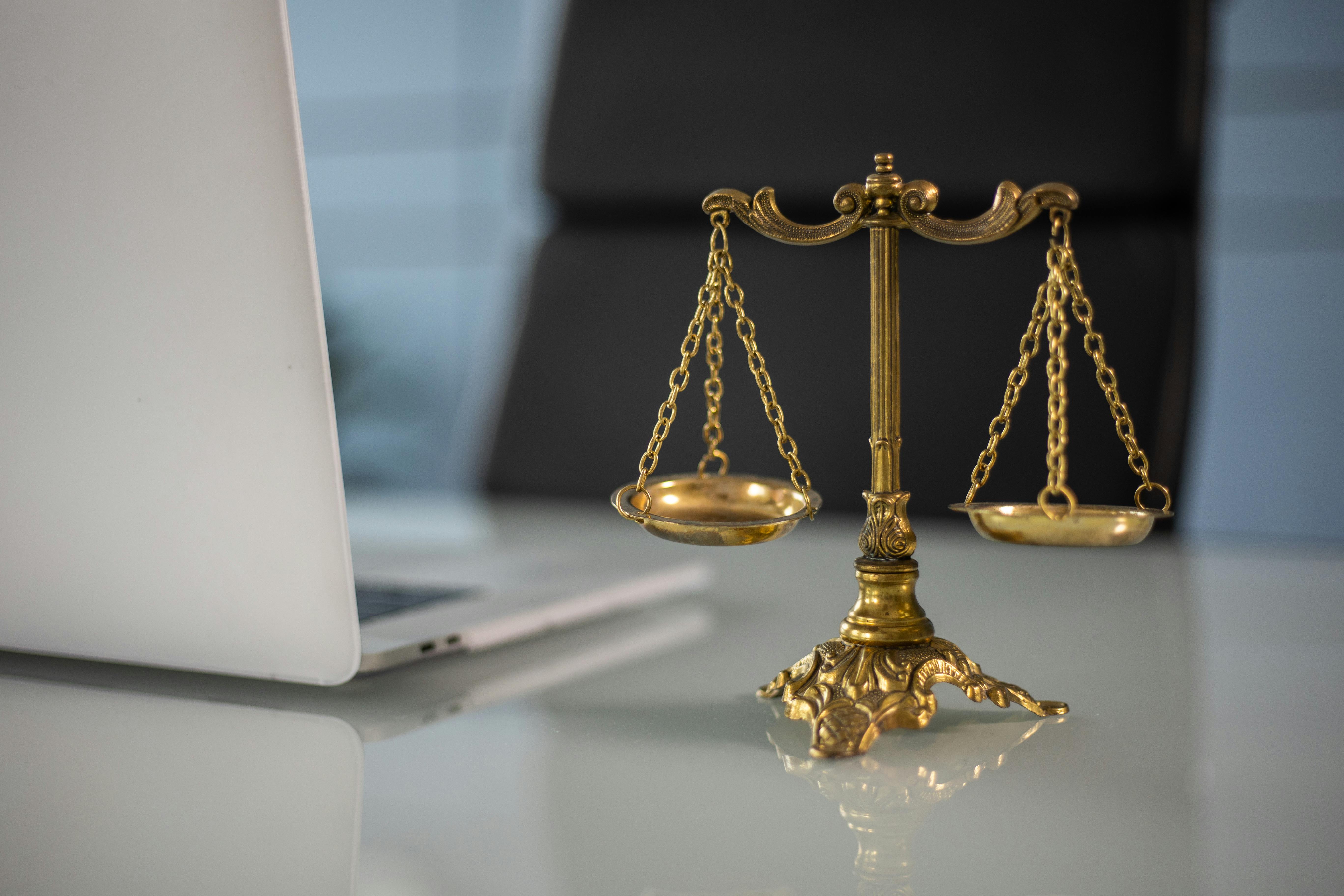
Winter can be brutal on roofs. Small problems today often turn into big, expensive ones once snow, ice, and cold temperatures arrive. At Vargas Gonzalez Delombard, LLP, we help homeowners and business owners handle roof damage, storm damage, and property damage.
If you think skipping roof repairs isn’t a big deal, think again. Here’s what happens when small cracks, leaks, or missing shingles go ignored—and how to protect your home before winter hits.
Why Winter Makes Roof Problems Worse
1. What happens if snow and ice build up on your roof?
When snow piles up, it adds weight and moisture. As it melts and refreezes, it can form ice dams—thick ridges of ice that trap melting water. This water then sneaks under shingles, causing roof leaks and rot.
Example: The National Weather Service warns that ice dams are one of the main causes of winter roof damage because they force water where it doesn’t belong. Keeping gutters clean and using a roof rake after snowfalls can prevent this problem.
2. How does attic heat cause leaks?
If warm air escapes from your attic, it melts snow unevenly. The melted water runs to colder edges, refreezes, and starts a cycle that causes leaks. Proper insulation and ventilation keep roof temperatures even and protect your home.
Tip: According to the Insurance Institute for Business & Home Safety (IBHS), adding an ice-and-water barrier under your shingles in snow-prone areas (like Colorado or Illinois) is one of the best ways to prevent damage.
3. Can roof leaks really cause mold that fast?
Yes. The Centers for Disease Control and Prevention (CDC) reports that mold can grow within 24–48 hours after moisture appears. If ignored, this can lead to breathing problems and costly repairs.
How Neglected Roof Repairs Affect Different States
Colorado, New York, and Illinois: Snow and Ice Risks
In Colorado, New York, and Illinois, roofs face heavy snow and constant freeze-thaw cycles. The National Oceanic and Atmospheric Administration (NOAA) shows that these states regularly experience winter storms with high snow totals. That repeated melting and refreezing stresses shingles, flashing, and gutters.
Texas: The Surprising Cold Threat
Even though people picture Texas as warm, the 2021 winter freeze caused an estimated $195 billion in property damage (Texas Department of Insurance). Burst pipes, collapsing ceilings, and roof leaks were among the top claims filed. Many of those claims turned into coverage disputes when insurers argued the damage was due to “maintenance issues” instead of the storm itself.
Florida: Wind and Rain Instead of Snow
Florida doesn’t see snow, but winter still brings heavy rain and strong winds. Even a small roof opening can let water seep in, leading to mold or ceiling stains. The CDC recommends quick cleanup and drying to stop mold growth in humid climates like Florida’s.
What Neglect Really Costs
- Higher repair bills: One missing shingle can turn into hundreds of dollars in property damage if water spreads to insulation or drywall.
- Energy waste: Damaged roofs make your heater work overtime, which drives energy bills.
- Mold remediation: Fixing mold can cost thousands, and some policies don’t fully cover it.
- Business interruption: For commercial properties, a roof leak can cause lost income and litigation if tenants can’t operate safely.
Smart Steps to Prevent Winter Roof Damage
- Clean gutters and downspouts. Leaves block melting snow from draining, leading to leaks and ice dams.
- Repair flashing and seals. Check chimneys, skylights, and vents for cracks.
- Improve insulation. Balanced attic temperatures prevent melting snow from refreezing at the roof edge.
- Add an ice-and-water barrier. In snowy regions like Colorado and Illinois, this underlayment adds critical protection.
- Have a snow removal plan. Use a roof rake—never a shovel or metal tool—to safely remove buildup.
- Upgrade aging roofs. Consider FORTIFIED Roof standards that strengthen roofs against snow and wind.
Understanding Insurance Coverage and Common Disputes
What types of roof damage are covered by insurance?
Most homeowner policies cover sudden storm damage, like hail, snow, or wind, but not regular wear and tear. For example, if a storm tears off shingles, that’s usually covered. But if a small leak grows over time because it wasn’t fixed, insurers may deny your claim.
What should you do if your roof claim is denied or underpaid?
- Ask for the insurer’s written reason for denial.
- Collect evidence: photos, inspection reports, and repair estimates.
- Contact a property damage attorney experienced in coverage disputes.
Example: In Colorado, after a 2023 hailstorm, some homeowners received only partial payment because insurers argued “pre-existing wear.” Attorneys familiar with litigation helped challenge those underpayments and recovered full settlements.
When Roof Damage Turns Into a Legal Dispute
If your insurance company refuses fair payment, the problem moves from a claim to a legal dispute. At Vargas Gonzalez Delombard, LLP, our property damage litigation team represents clients across Colorado, Texas, Florida, New York, and Illinois.
Common Legal Issues We Handle:
- Denied or delayed roof damage claims
- Storm damage claims after snow, hail, or high wind
- Coverage disputes involving “wear and tear” arguments
- Bad faith insurance practices
- Commercial property damage litigation
Our lawyers fight to make sure your insurer honors your policy and pays the full amount you’re owed.
Real-World Example: From Leak to Lawsuit
In Illinois, a property owner ignored a roof leak for months. After a winter storm, the ceiling collapsed, damaging thousands of dollars' worth of equipment. The insurance company blamed “maintenance neglect” and refused to pay. With help from a roof damage attorney, the owner proved the storm made the situation worse and won full coverage through litigation.
This case shows why acting early and documenting repairs can protect you from both damage and insurance denials later.
Frequently Asked Questions
Q: How can I tell if my roof needs repair before winter?
Look for missing shingles, sagging areas, rusted flashing, or moisture in the attic. If you notice frost on nails or musty smells, call a roofing pro right away.
Q: What if I can’t afford roof repairs right now?
Minor fixes are almost always cheaper than major replacements later. Some local programs and home-improvement loans offer assistance. Taking small steps, like cleaning gutters and sealing small cracks, can make a big difference.
Q: When should I contact a lawyer?
If your insurance company delays, denies, or underpays your storm damage or roof damage claim, contact a property damage attorney immediately. Our team can review your policy and help you avoid coverage disputes or bad faith actions.
Why Legal Help Matters
A neglected roof can lead to major property damage, lost insurance coverage, and even litigation if your insurer won’t pay. Whether you’re in Colorado with heavy snow, Texas with cold snaps, or Florida with winter storms, preparing now saves time and money later.
If your insurance company refuses to pay what your claim deserves, the roof damage lawyers at Vargas Gonzalez Delombard, LLP can help. We fight for fair results and full recovery in all property damage and storm damage cases. Visit our website for a free consultation.




